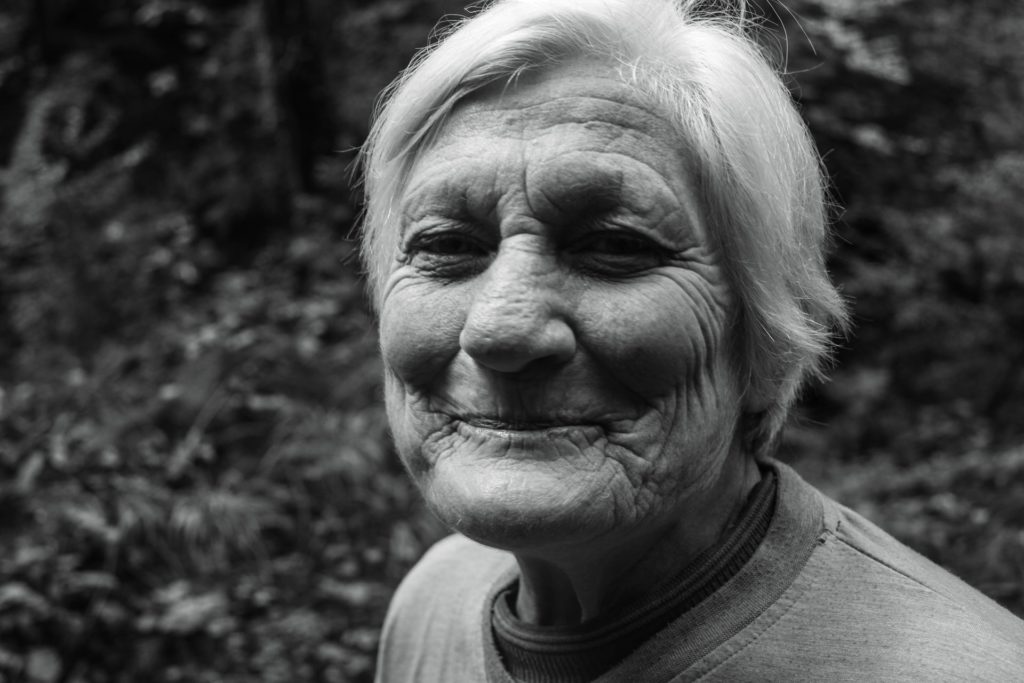Humans can be one of the most interesting subjects to photograph because of their varied characters, personalities and when creating a portrait, just like any other genre of photography, you will need to give importance to composition in order to create visual impact and connection with the viewer.
A portrait needs to convey the character and mood of the person and composing a portrait can be a bit tougher than you might think. There are several things like lighting, right subject, best camera settings and locations you need to get right to create successful and compelling portraits.
In order to create engaging portraits and not snapshots, you need to have the skills and technical knowledge in making portraits. One of the most important factors among these are composition techniques and here are six composition techniques that can be used to improve your portraits.
- Placing the eyes on the upper third
- Filling the frame
- Framing your subject using frame within a frame
- Using leading lines
- Leaving space for your subject to look at
- Using different perspectives or angles
1. Place The Eyes In The Upper Third:
You may all have heard about the basic rule that most photographers start with – the rule of thirds. In order to create a visual impact in your portraits, when shooting in portrait orientation, it is best to have the eyes of the subject on the upper third of the frame.

If you are shooting in landscape orientation, then going by the rule of thirds, it is good to have the dominant eye of the subject on or near one of the vertical lines of the rule of thirds grid.

Note:
An exception to the above technique can be when you are shooting full body shots where you can be positioning your subject on the right or left third of the image.
2. Fill the Frame:
When making a portrait, you are capturing the character and features of the person. So do not hesitate to get close and fill the frame with your subject’s face. Do not limit yourself to just the headshots, but try filling the frame when you do head and shoulders shots, medium shots or three-quarter shots.
Filling the frame with the subject’s face also helps emphasize textures and other details like lines, wrinkles, etc. in the portrait. You can also look into the subject through a closer view of their eyes in the photograph.
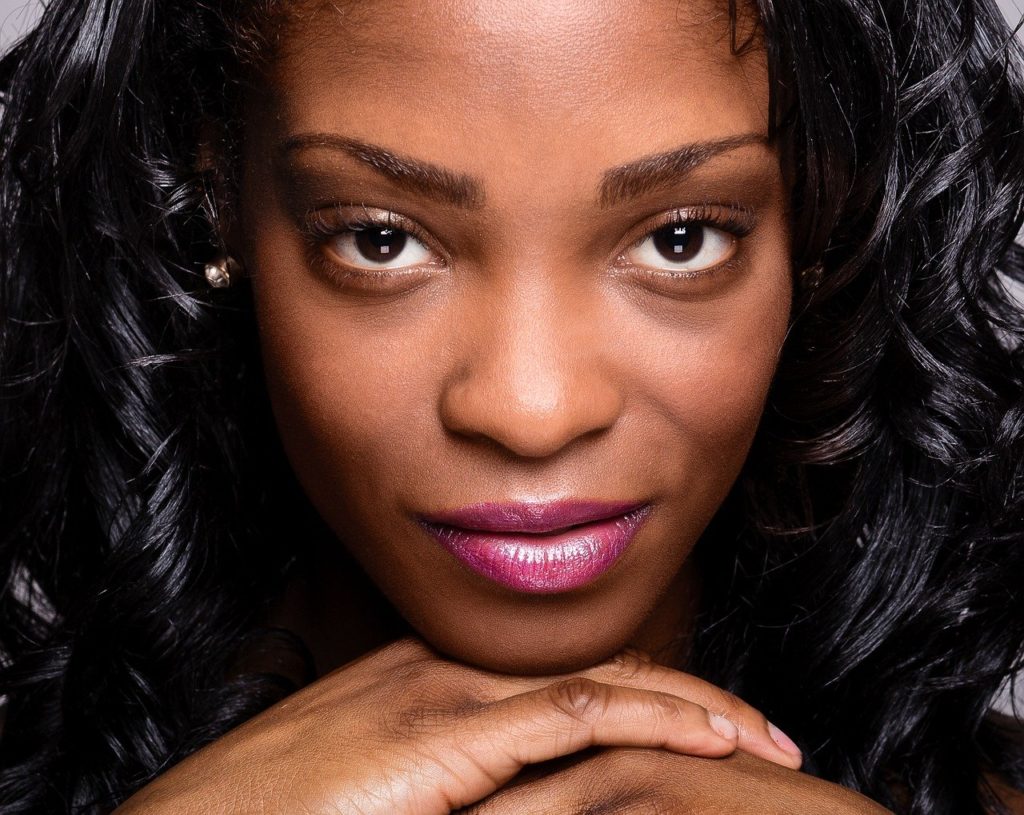
3. Frame Your Subject With Frames Within The Frame:
When making portraits, you do not have to eliminate or blur the background, instead use the elements like doors, windows, lines, etc. to frame the subject to keep the viewer's attention on your subject.

You can also use elements like windows, doors, arches or any other natural or man-made structures in the foreground to frame your subject to create visually interesting images.
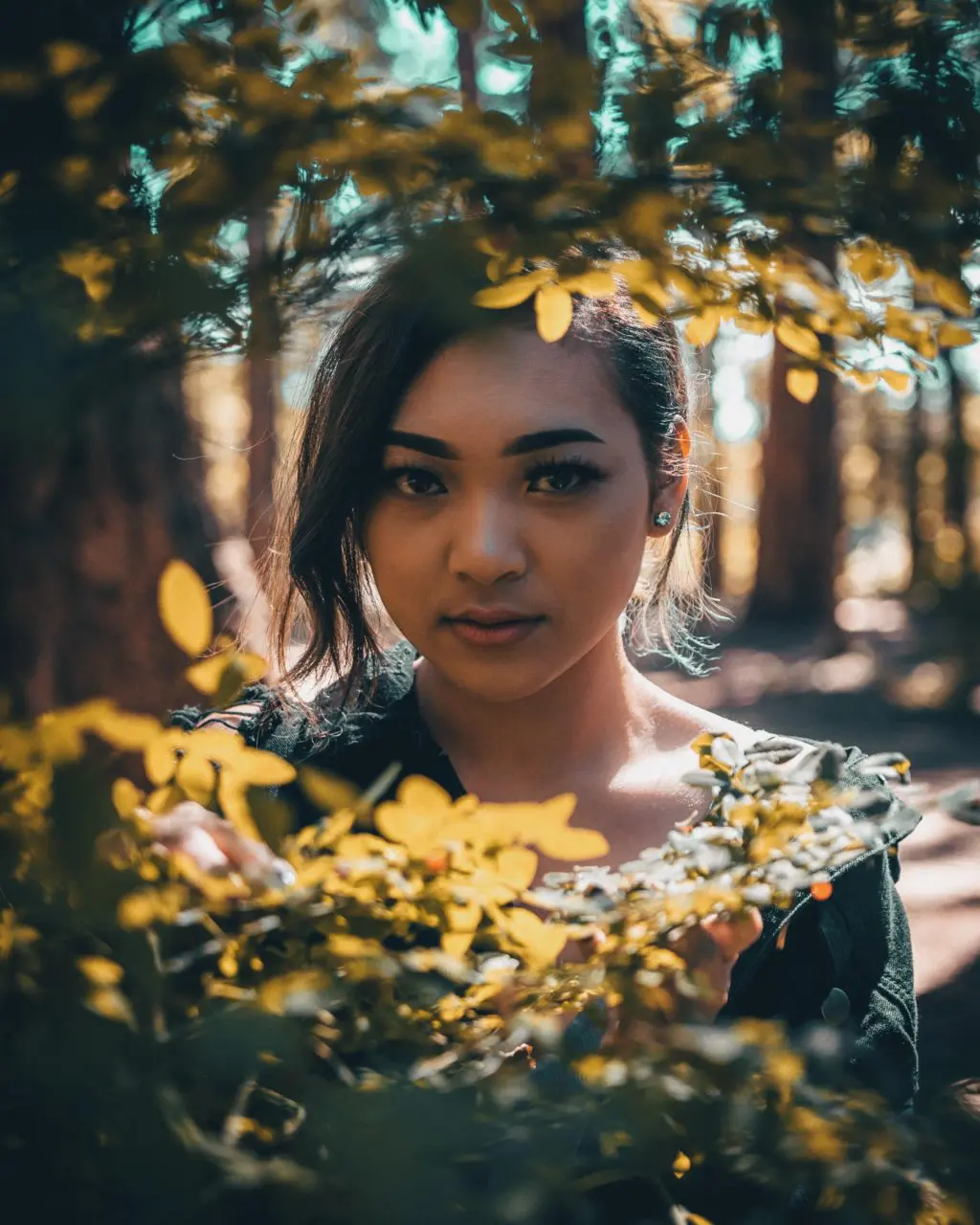
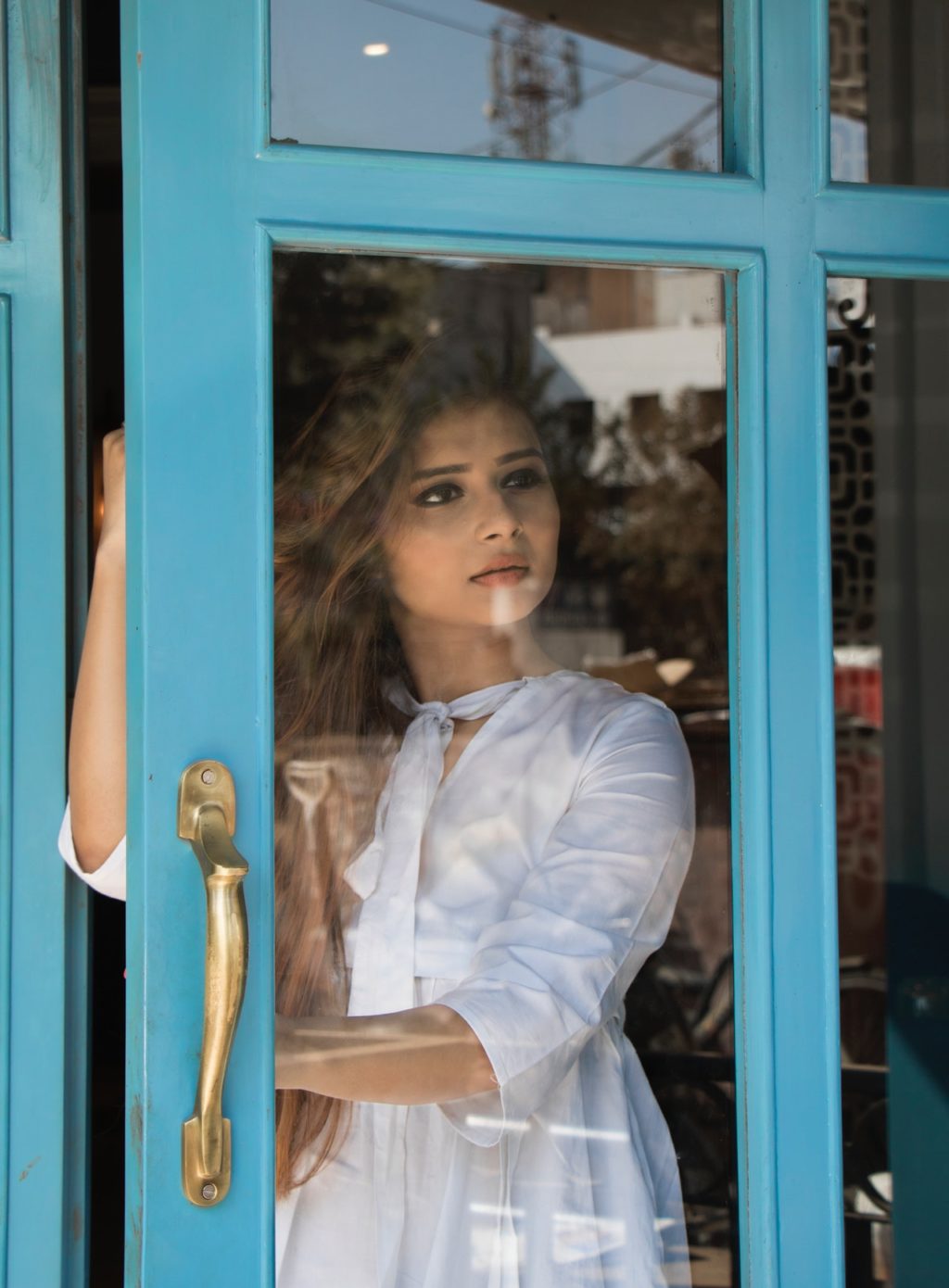
4. Use Lines To Lead The Viewer To Your Subject:
Lines are another interesting feature when it comes to composition for any genre of photography. They can be so powerful and be used to lead the viewer into the frame to your subject. Use lines and frame your subject in such a way that the lines lead the viewer’s eyes to the subject or their eyes.
5. Leave Space In Front Of The Subject:
This is a very important technique that needs to be taken care of. If you are making a portrait where the subject is looking in one direction or their body is facing a particular direction, then, always leave space in the direction your subject is looking into (in front of them) or their body is facing, just like how you would leave space in the direction of movement of your subject. Do not frame in a way that the subject is positioned, facing a direction where they exit the frame immediately.
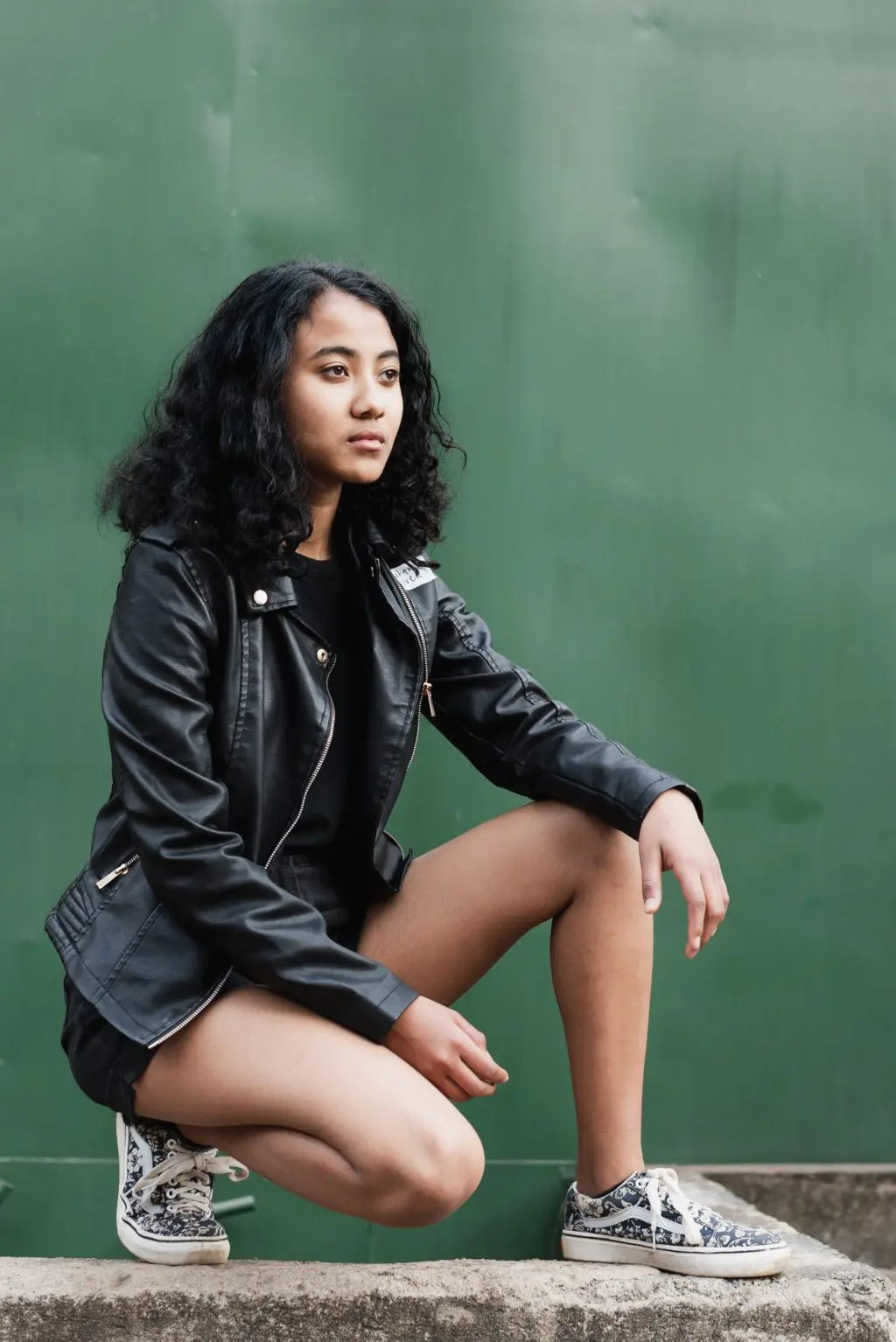
6. Use A Different Angle Or Perspective:
Do not stop with just straight up shots at eye level, but change angles to show your subject from a totally different perspective. You can get higher or lower or move to the left or right of your subject to get the right composition and personality of your subject. It also helps avoid certain distracting elements behind or around your subject and can lead to powerful portraits sometimes.

These are some of the many composition techniques required to create stunning portraits, but with the techniques mentioned here, you can create beautiful well-composed portraits. Once you master these techniques, do not hesitate to break these techniques in a creative way.
Further Resources:
- 6 Tips To Capturing Better Eyes in Portrait Photography
- 5 Mistakes Beginners Make In Portrait Photography And How To Avoid Them
- 5 Surprisingly Simple Tips For Stunning Black And White Portraits
- 5 Free E-Books on Photographing Candid Portraits
- Bite Size Tips – Capturing Classic Portraiture Compositions
- 15 Amazing Photos That Will Make You Appreciate Juxtaposition

